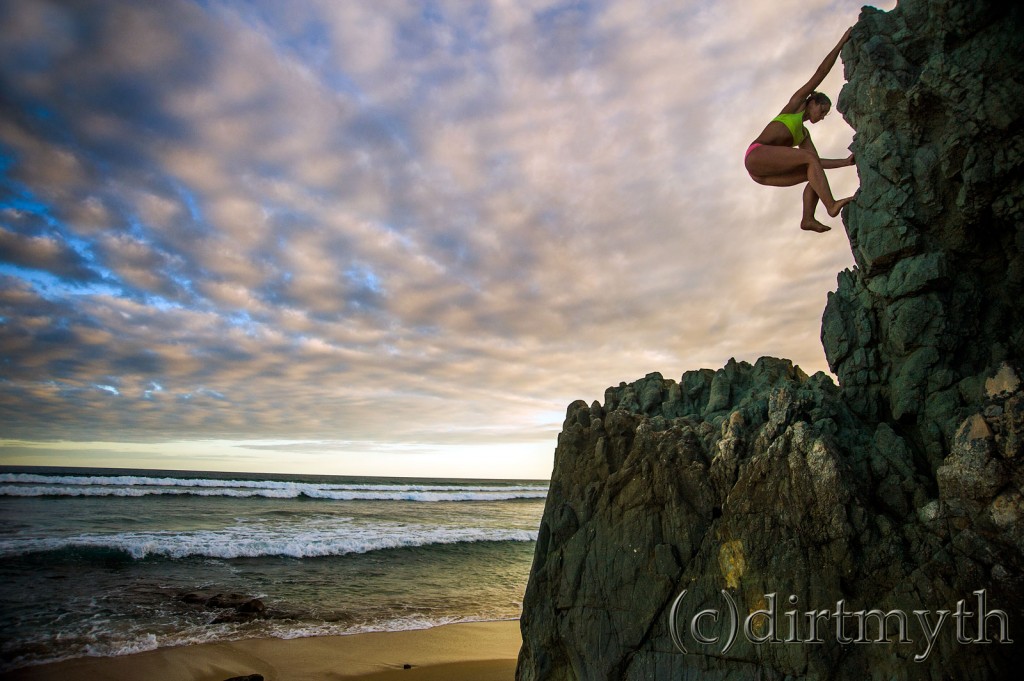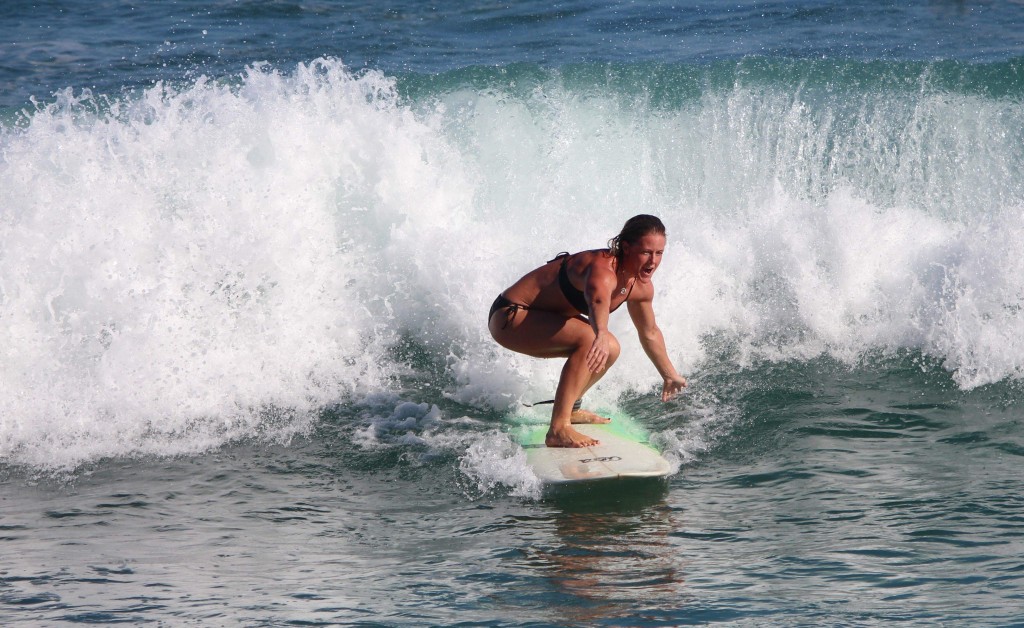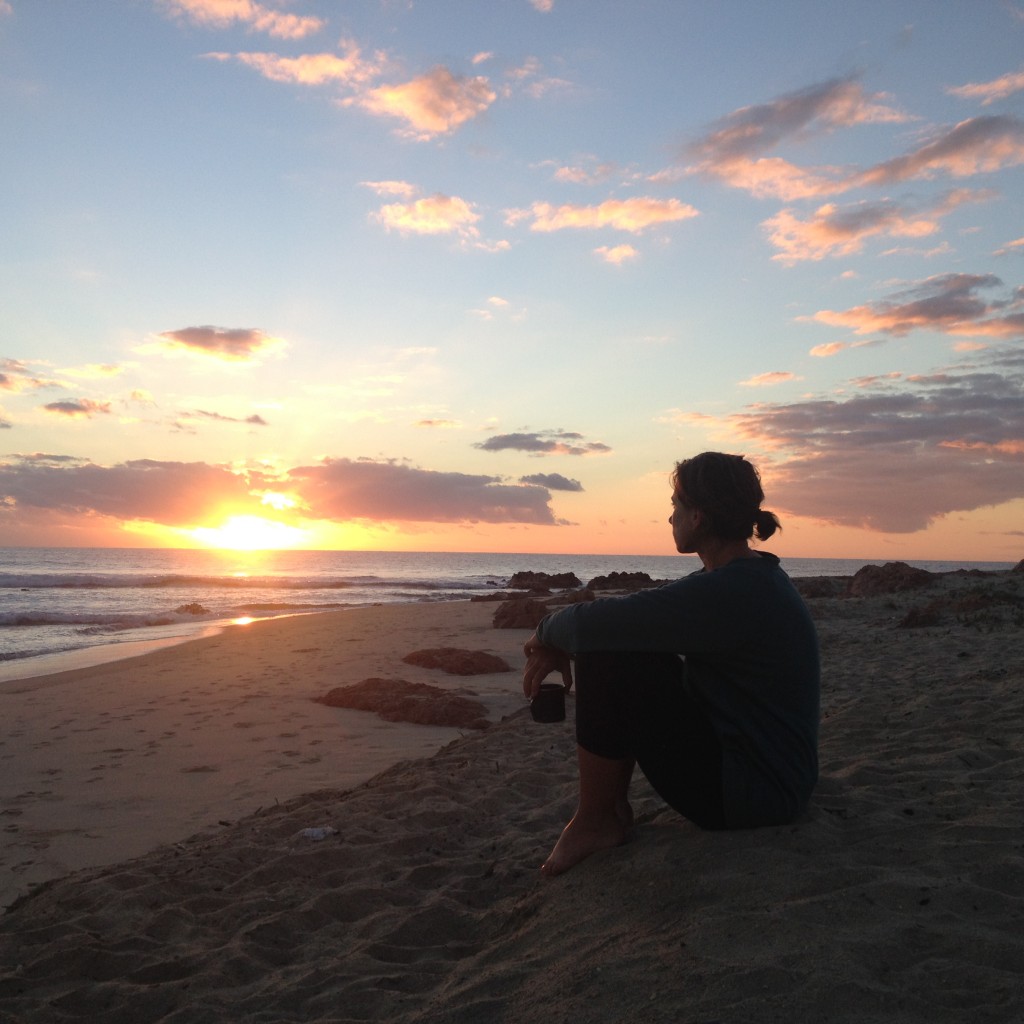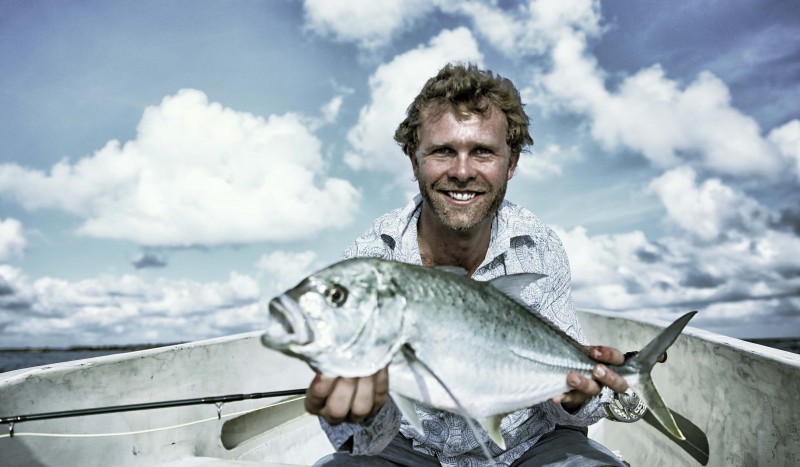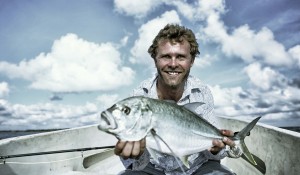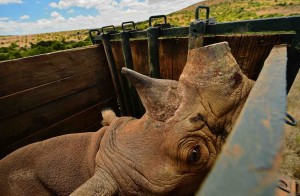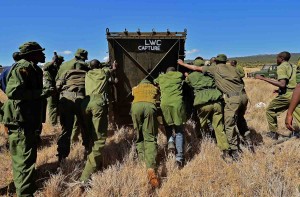When the shoulder season comes, most mountain guides like to seek out time by the ocean… Time to get those feet out of ski boots and the toes into the sand.. Time to expose parts of the body that have been covered by merino and Gortex to sunshine and daylight.
For me, my favorite place to go to decompress in the off –season is the southern tip of Baja. The Baja vibe is “tranquillo”, and despite the bad press in other parts of Mexico, the locals are extremely friendly — a shared beer is retuned with smiles or fresh fish caught from the mornings fishing venture. Baja offers great opportunity to camp on quiet beaches, get off the grid and sleep under the stars. For me, it’s a chance to hone my surfing, kiting and SUPing skills with out bothering anyone. Having grown up in the mountains all my life, being in and around the ocean is a humbling experience. It is a great opportunity for me to feel “out of my element” — maybe even a little scared as I get worked by waves on the Inside.
My trip to Baja this past fall was one of my best trips thus far… With the surf report calling for minimal to tiny waves on the East Cape, a friend and I slowly bumped our way down the washboard dirt road in the “Bailena Blanco” and posted up at our favorite spot, with the hope of not being beaten down by the usual Fall East Cape winds. Our only wish was to watch the beautiful full moon rise up from the Sea of Cortez, and maybe, just maybe surf some ankle biters. As luck would have it, (I’ve seen it happen in the mountains many times) the forecast was off and the waves just appeared…. Ankle biters turned to waist high waves, and then to shoulder high, and 2 days of the occasional overhead. Mother Nature rewards the unworthy out of nowhere. We surfed 6-8 hours a day till we could barely raise our arms. Mountain girls with ski legs, waking up before sunrise, sore and exhausted and ready to do it again. On the occasional blown-out afternoon, it was time for beach backgammon, ski-conditioning workouts on the sand, trainer kite flying, runs on the beach and yoga at sunset. And of course ample luke warm Tecates, because “hydration” is important in such climates…
Thank you Baja for always serving up the goods: siestas, great people, campfires on the beach, quiet time, no email or cell phone calls, good fresh seafood and most importantly time to recharge after a busy season or before a hectic one. I know the gratitude is shared by many of my fellow guides and mountain folk everywhere. Lots of “Beautiful British Columbia” plates on those beaches and dirt roads in the Baja desert. For more great pictures, check out our friend Garret’s blog at www.dirtmyth.blogspot.com
Back home in Tahoe and the snow is on the ground, the temps are cold, the tan is peeling, but my stoke is high for another great season ahead of me.


